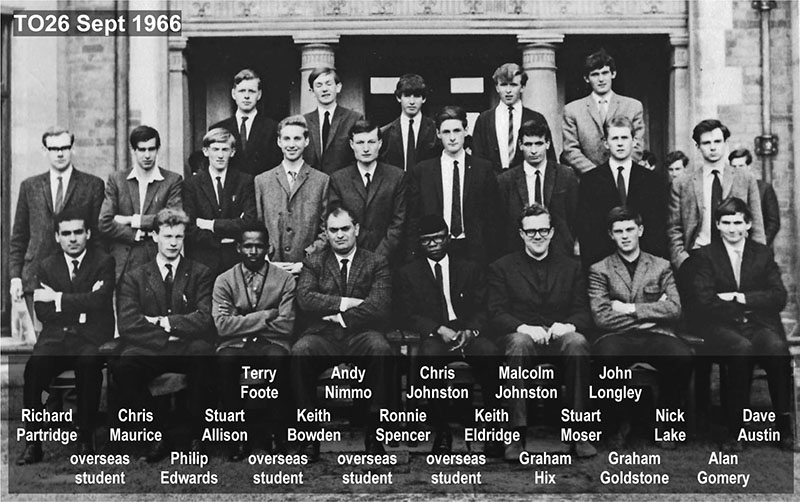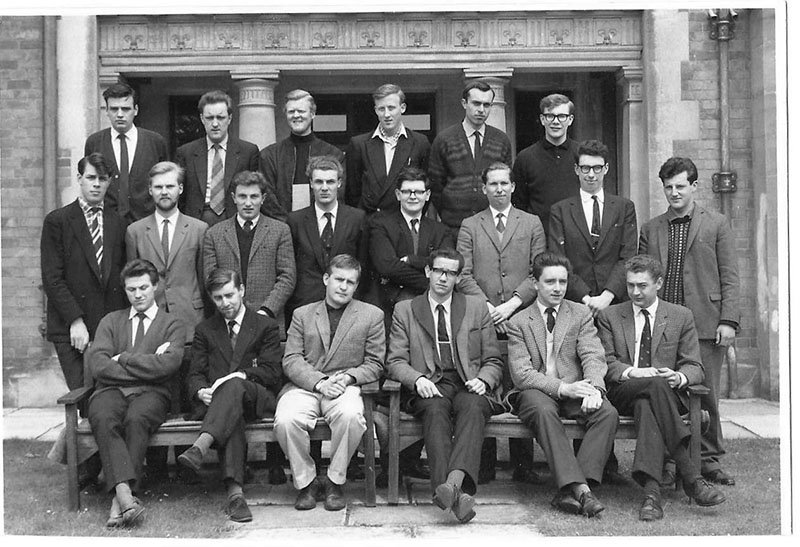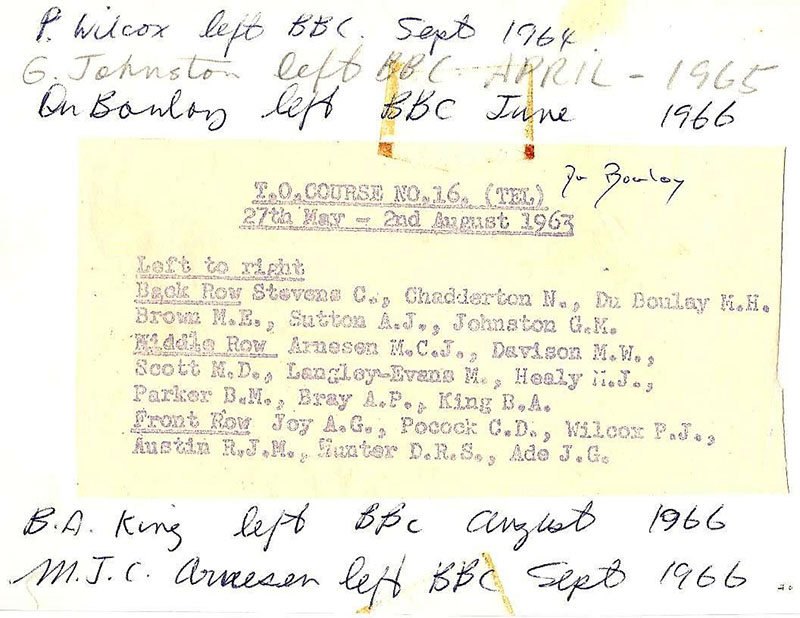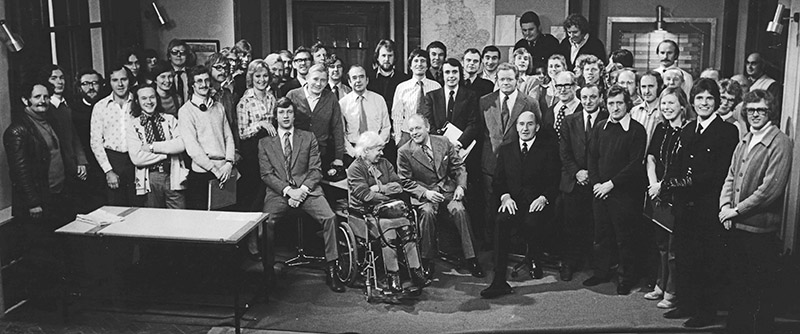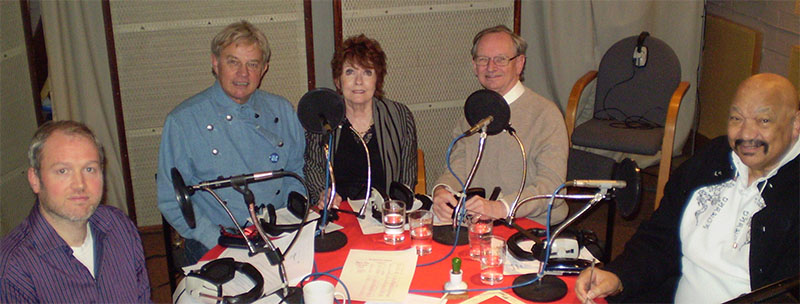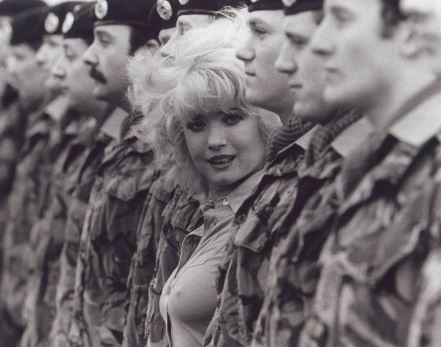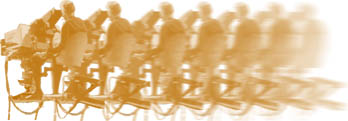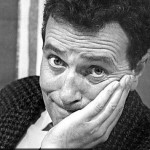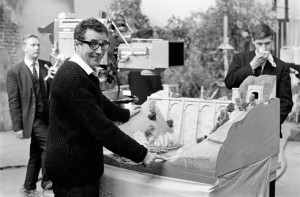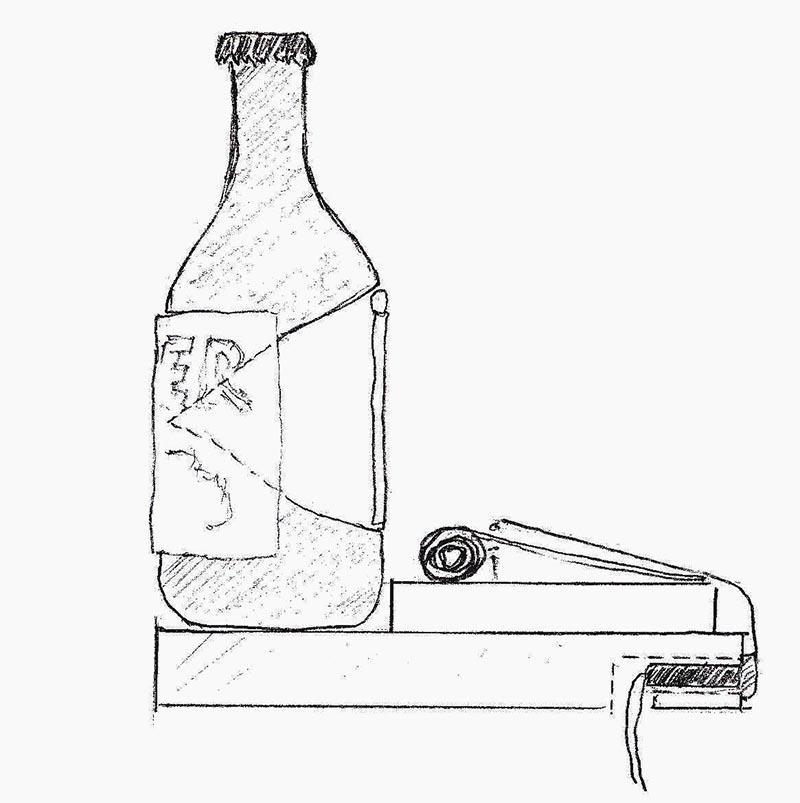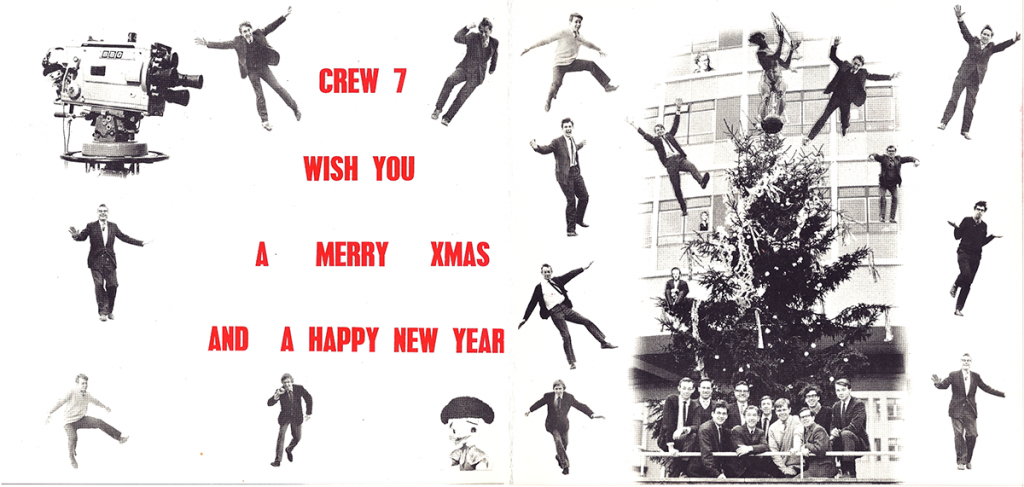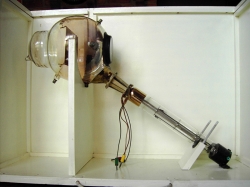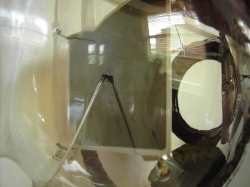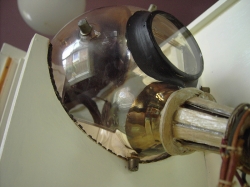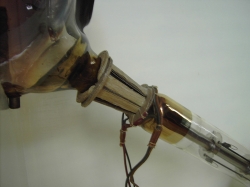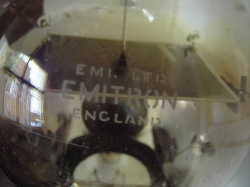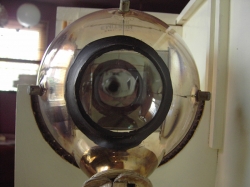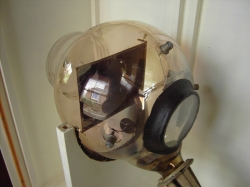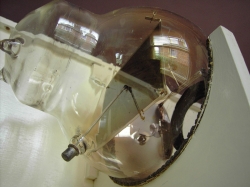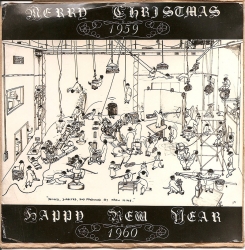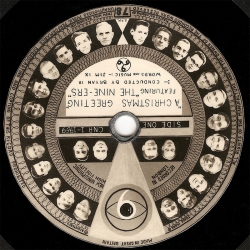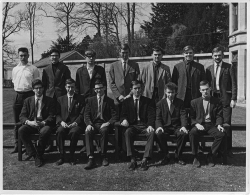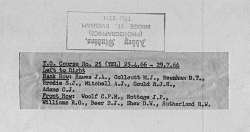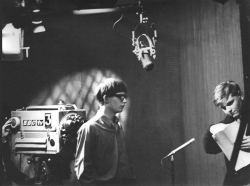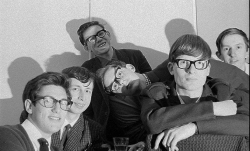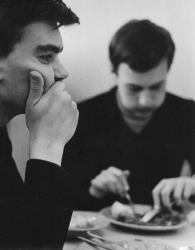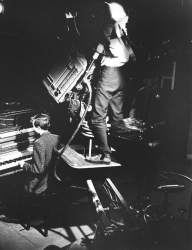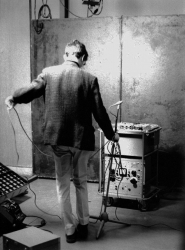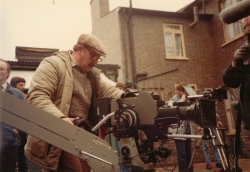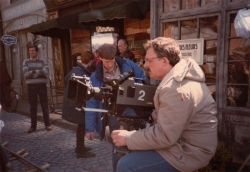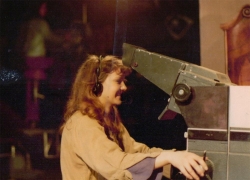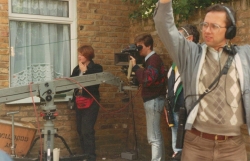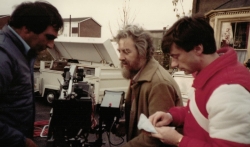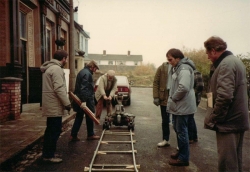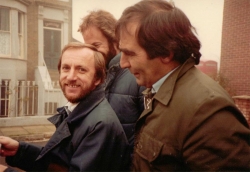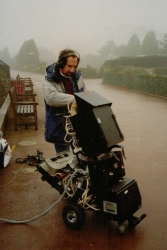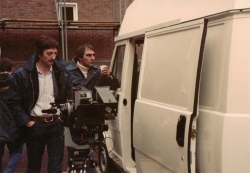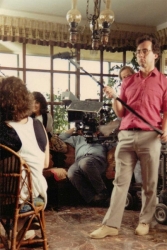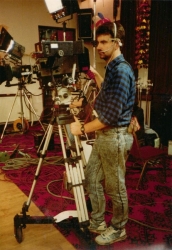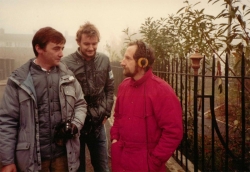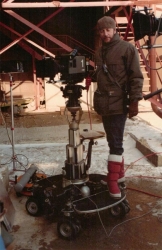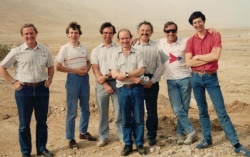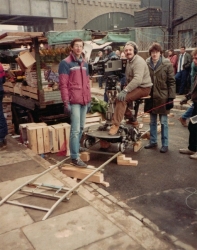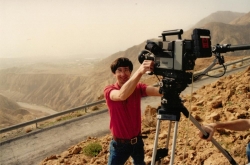It’s a Square World
Some programs were a joy and a privilege to work on – and one such program was “It’s a Square World”. It was the only comedy program where I ever saw anyone from the Technical Operations crew laugh during rehearsals – but when we first saw the Telecine insert for the “Sinking of the Woolwich Ferry”, the crew were just doubled up with laughter!
Michael Bentine’s audience warm up was incredible – basically most of it was a ten-minute plus riff on the multiple uses of a broken chair back – but I shall always remember his impression of a Japanese lighthouse keeper committing hara-kiri.
“It’s a Square World” had lots of filmed inserts, many of which were back-projected into the set: in the mid-sixties this meant that that there was a film projector on the studio floor (and usually a very large mirror!). There was often a lot of live action taking place in front of the back-projection screen with cutaways to the telecine footage. This meant that the
telecine machine and the back-projection film projector had to show the film insert in sync – which was quite a feat, as (if memory serves correctly) there were different run-up times for TK and film projectors from a 10 on the leader (was it 8.5 seconds for TK and 10 seconds for the film projector?)
In the last episodes of the early series of “It’s a Square World”, Michael Bentine had written ending routines around “doing things” to the Television Centre: eventually he received a memo from the management informing him that, “Under no circumstances must BBC Television Centre be used for purposes of entertainment.” (see http://tech-ops.co.uk/next/2010/08/page-171/). So for the series that I worked on (which I guess must be the last series in 1964) there had to be a spectacular end-of-series sketch.
The basic idea was that a pub was going to explode. After we had rigged the studio, the props guys came in with boxes and boxes of wax beer bottles. The bottles were to be put on the pub shelves, and behind each bottle was a modified mousetrap (one of the old-fashioned spring type mousetraps) which, when primed, would be fired by a small explosive charge wired back to a control panel (on reflection, the release may have been by electromagnets, but my recollection is that the props guys used detonators). Well, after about half an hour of fiddling, they decided that the wax bottles, as produced, were not going to break, as the heat from the studio lighting was softening the wax to the extent that the wax would not and could not crack. (This was TC4 with the green EMI Image Orthicons). So, the props and scene crew set to work and cut large V cuts through the bottles. For each bottle, the point of the V was at the front, and was masked by the beer bottle label. The large gap at the back was supported by a long matchstick. Altogether there were more than three hundred of these bottles.
There were also two large mirrors in the pub set. The mirrors were to be smashed by the scene crew, on cue, hitting bolts on the other side of the scene flats, the big fat bolt heads located between the scene side of the flat and the mirrors.
There were open magnesium flares dotted around towards the audience side of the set, and two large fog machines. In those days, the fog machines were tubes in which there was a heating element onto which was dropped oil, the resultant smoke being blown onto the studio floor by fans mounted at the machine end of the tube. These machines were relative large and unwieldy, and if care was not taken, they would spill oil onto the studio floor (which they did more often than not).
At transmission (recorded as live onto VT), all was set. On the shelves were the three-hundred or so wax bottles, each propped up in position by a matchstick, sitting in front of an explosive detonated sprung mousetrap. Two pristine mirrors behind which were large headed bolts through to the rear of the set. The sparks filled up the open flare boxes, the fog machines started up, and off we went. The flares went off, the fog machines poured smoke into the pub (and dripped oil on the floor), the bottles flew round the set and the mirrors smashed.
And then the director said “retake!”
All the bottles had to be re-assembled, the mousetraps reset and reprimed, the mirrors replaced. All this was done remarkably quickly. The sparks refilled the open flares – but I have a feeling that they wanted to get in on the act, because I am as sure as I can be that they put additional powder into the flare boxes. By now, the studio floor was covered in oil from the fog machines, so it was getting tricky to get the pedestals into position (they were sliding around). So we went for the retake … more fog, more oil, there was certainly more flare from the flare boxes – the cameras could not actually see one another! The bottles smashed, the mirrors smashed – there was smoke and debris everywhere.
If you knew where to look, you could see the scars in TC4 for years following …
+++++++++++++++++++++++++++++++++++++++
Eugene Onegin – The Ballet
Ballet on television is a very rare event: a studio production of a ballet is even rarer. But on Saturday 4th and Sunday 5th June 1966, Crew 16 worked in TC1 on a new ballet by John Cranko – based on the poem “Eugene Onegin” by Alexander Pushkin and with music by Pyotr Tchaikovsky. (This was NOT based on the opera “Eugene Onegin” by Tchaikovsky, but was a new ballet which used various pieces by Tchaikovsky in a new arrangement.)
The music had been pre-recorded at EMI’s Abbey Road Studios on Monday 9th May – arranged by Kurt Heinz Stolze and conducted by John Lanchbery.
It must have been a prestigious production – Mole crane, Heron, Creeper – and three pedestal cameras EACH with an Angenieux Zoom lens. Well, this was unprecedented – at this time, it was still unusual for any studio production to have a camera with a zoom lens, and many of those that did have a zoom used the mechanically driven TTH zooms. So, three Angenieux Zooms. The Angenieux zooms needed a large amplifier for the electronic controls, and this sat on a tray bolted to the side of the pan and tilt head. Easy to catch fingers when grabbing the pedestal wheel.
I must have been seconded to the production as they needed extra trackers, two extra cameramen and various cable bashers. Somehow, I was given Camera 6.
After we had rigged the studio, there was some time before the first rehearsal. Both the director and the Technical Manager spoke to the assembled crew, saying that we were dealing with ballet dancers and it was quite likely that they would leap much higher and further in the transmission that they would do in the rehearsals, and that when we framed up the shots, we should bear this in mind.
When the principal dancers arrived on the studio floor for the first rehearsal on the Saturday, one of the principal dancers addressed the whole crew: he said that the dancers were aware of the cameras and their positioning (and problems), and that the dancers would try their best to put on a similar performance in rehearsal and on transmission. This really set the tone for the whole two days, and we all felt that we were working to a common goal.
I had one particular shot which was through a window in the flat into the interior of the scene. One of the main characters jetéd into the set and I was supposed to capture the end of the jump slap bang in the middle of the window, framed up by the window frame and curtains (all very nice and arty!). But (bearing in mind what we had been briefed about) I had to be prepared to adjust the shot as the dancer landed! (and with no time to do it!) As I recall, I put the pedestal in crab mode so I could shove it left or right to frame the shot. As it happened, the dancer landed precisely at the right place, so the production had a very nice shot.
This was the first program that I had worked on where the scenes were recorded out of sequence. Scenes 3, 2B and 5 were recorded on the Saturday, scenes 1, 2A, 4 and 6 on the Sunday. Scene 2A on the Sunday included a VT insert of scene 2B as recorded on the Saturday. We recorded each individual scene as live.
Camera Script:
The full camera script is presented here, as it is very different to the usual run of Drama and Light Entertainment scripts of the time.
(Note: This is an A4 scan of a foolscap original)
Eugene Onegin Camera Script

